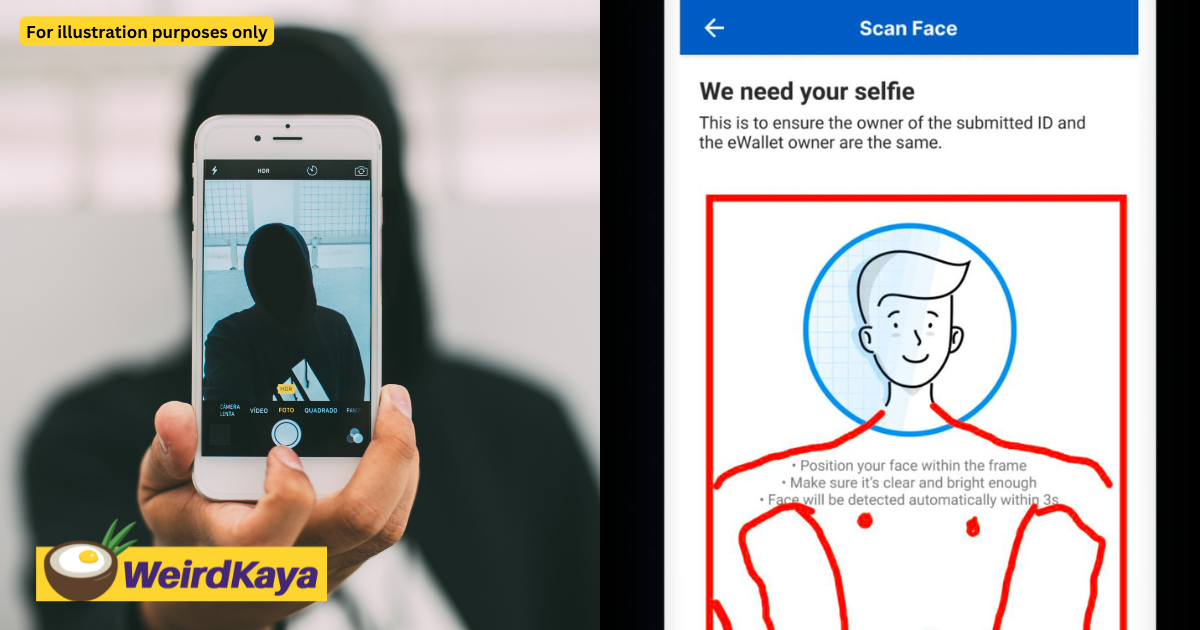When it comes to online verification, most of us probably don’t give a second thought to what we’re wearing or how we’re framed in the shot.
After all, it’s just for the system, right? But what if someone told you that there’s more to it than meets the eye?
As one e-wallet staff member recently revealed, those seemingly harmless selfies may be showing more than you intended.”
A recent post on platform social media by an e-wallet staff member has sparked conversations about how users approach ID verification selfies.
While the process might seem straightforward, the staff revealed that inappropriate submissions are more common than one might think, leading to awkward situations for both users and employees handling the review process.
“…but as verifiers, we see your full body”
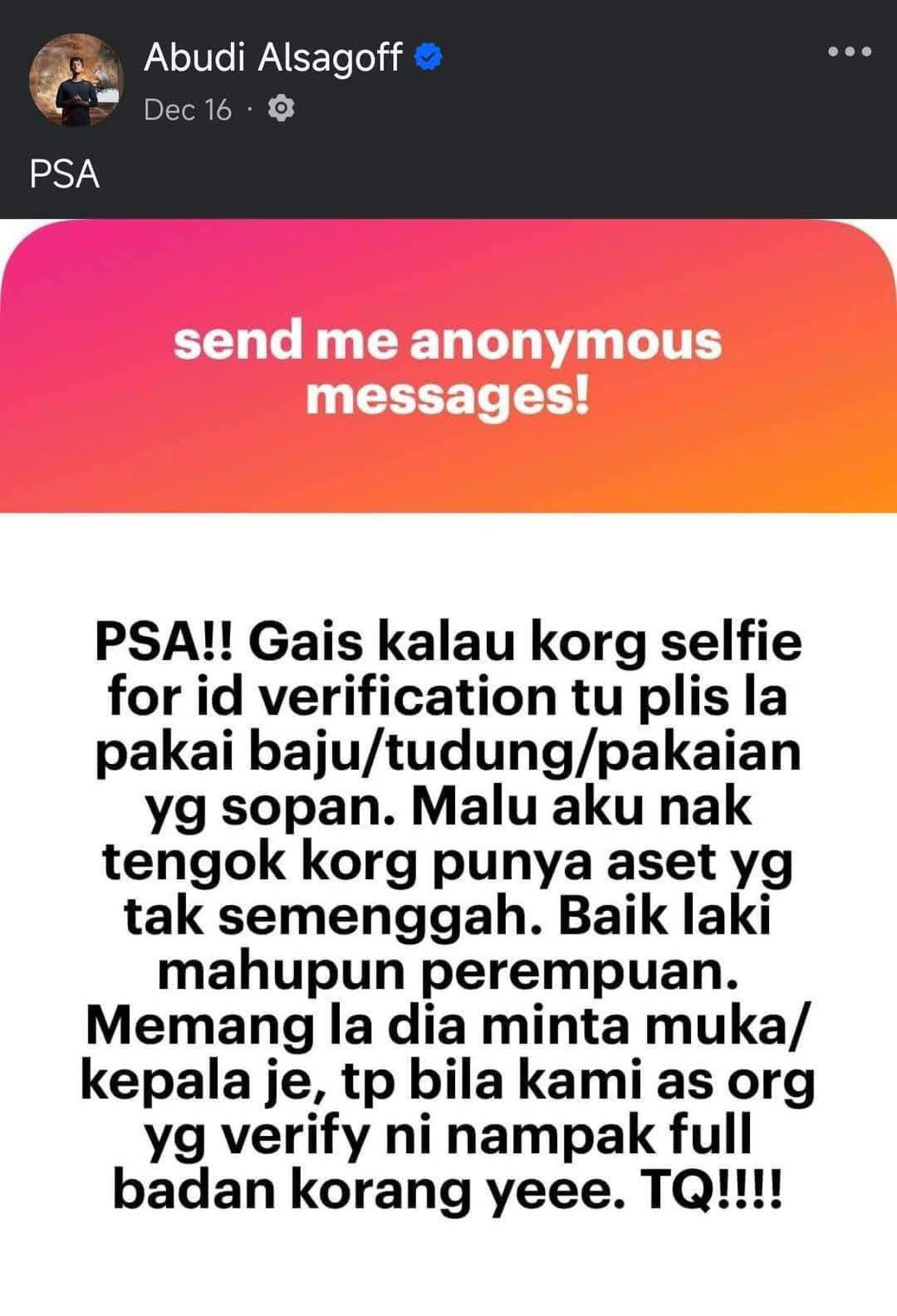
In their post, the e-wallet staff issued a public service announcement (PSA), calling attention to the issue:
“Guys, if you’re taking a selfie for ID verification, please wear proper clothing or hijabs. It’s embarrassing to see inappropriate shots of your ‘assets,’ whether you’re male or female. Yes, they only ask for your face, but as verifiers, we see your full body. Thanks!”
The PSA quickly gained traction, as it struck a chord with users who had never considered how much of their image is actually visible to those reviewing their submissions.
The reality behind verification submissions

The staff went on to share real-life examples of submissions that left compliance teams in uncomfortable situations.
Women in hijabs were sometimes photographed in improper attire below the neck, while men frequently submitted shirtless selfies.
The staff also recounted instances where children helped register accounts for their mothers, unknowingly submitting photos that revealed more than intended:
“It’s heartbreaking when children help their mothers register, but the photos show their mothers’ neck and shoulders exposed,” they said.

These anecdotes shed light on how ID verification can sometimes reveal more than users expect, highlighting the need for greater awareness about appropriate attire.
The system captures everything in the frame
To clarify why these situations arise, the staff explained how the e-KYC system works. While users may assume that only their face is captured, the reality is different.
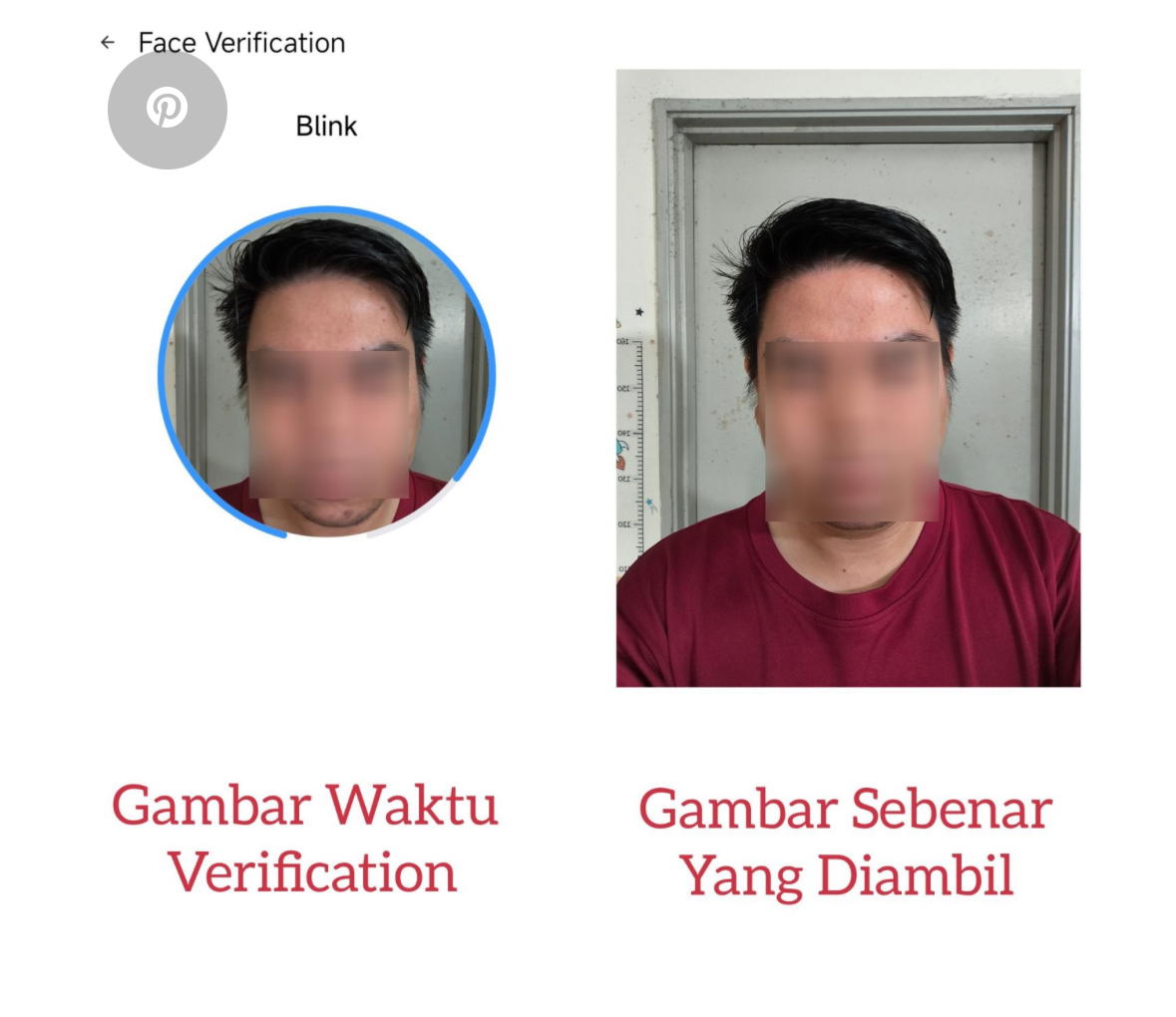
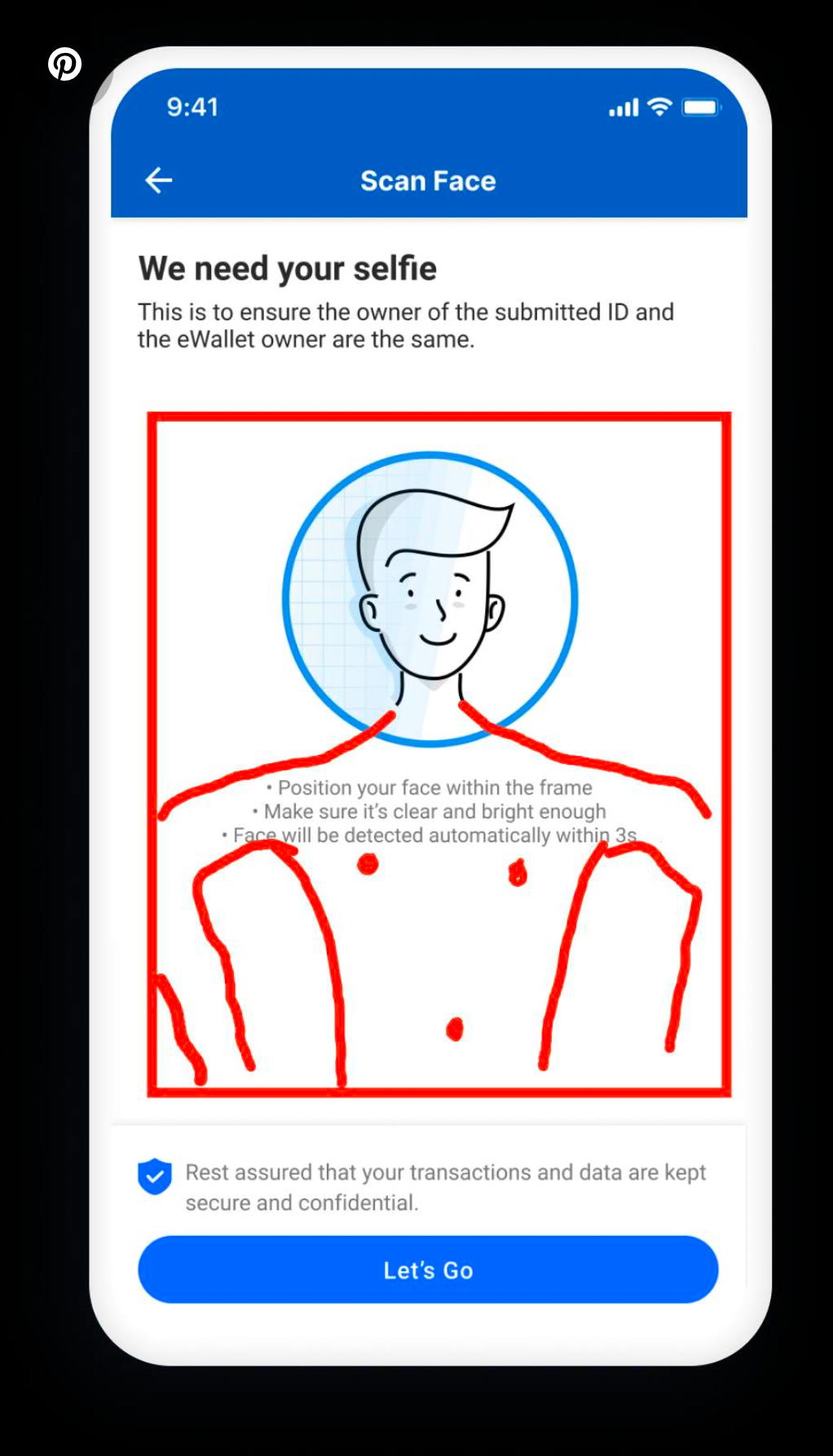
The system often records the entire upper half of the body, especially when proof of liveliness is required.
“Sometimes, platforms ask for a short video or require users to move their heads to verify that it’s not a static image. From the moment the camera opens, the system captures everything in the frame,” the staff explained.
This feature, designed for security and accuracy, has inadvertently led to cases where users unintentionally submit inappropriate content.
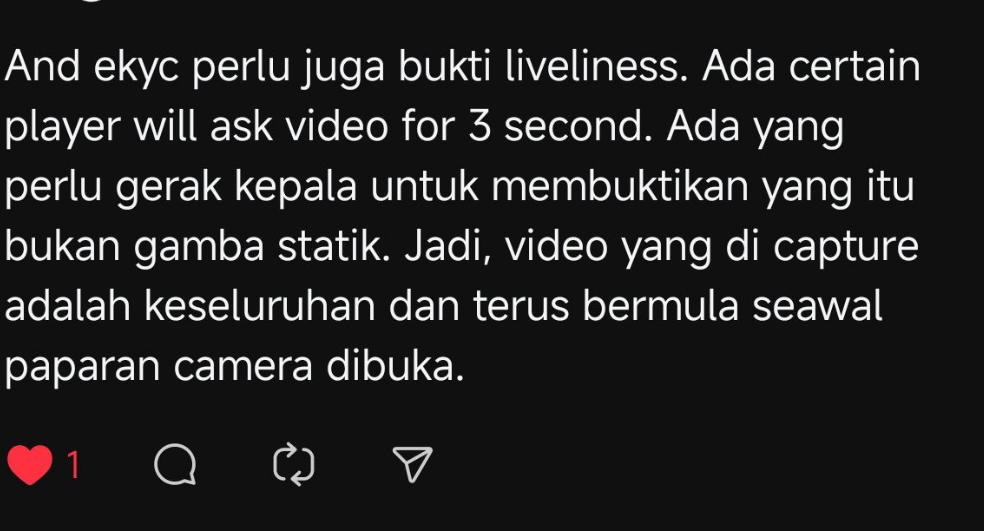
Women in hijabs have been seen wrapped in towels, and other submissions have included even more shocking examples.



